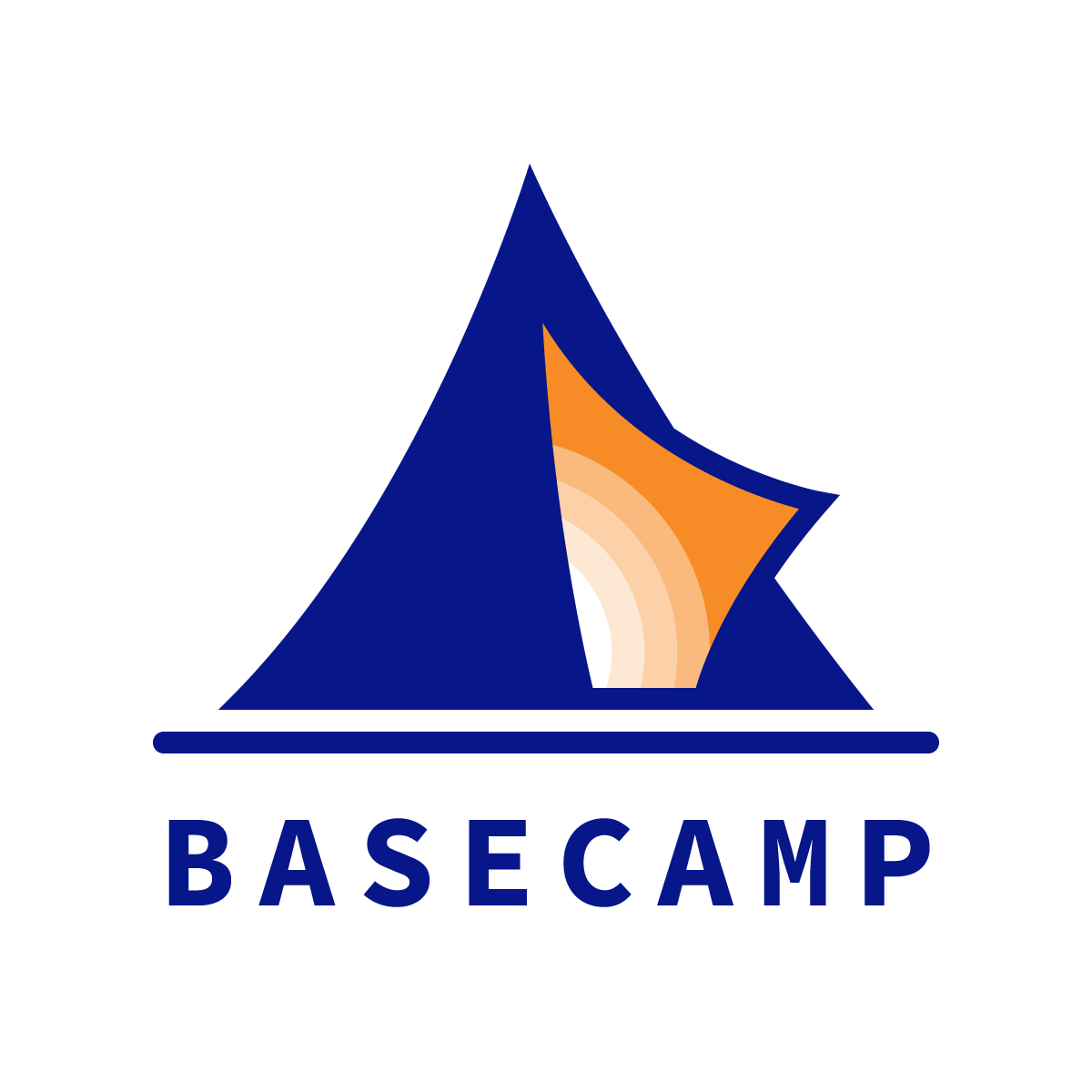Future of Learning Top Reads for week of Apr 5 2021
“When Predictions Fail,” by Jeff Selingo, in the NEXT newsletter
“Already dozens of colleges have announced an extension of test-optional policies for a second admissions cycle, including the entire Ivy League, Stanford University, and the University of Texas at Austin.
It’s clear the SAT and the ACT will not return to their pre-pandemic prominence. Even the ACT’s chief executive admitted as much in a recent blog post.
“Without test scores to consider, most admissions offices are leaning into two other measures: the rigor of the classes that applicants took in high school and their grades in them.
“Campuses are also digging into data on students who enrolled and looking back on their high-school performance.
“Colleges receive applications from several thousand high schools, not tens of thousands. As a result, when a college enrolls a significant number of graduates from a particular high school—say, 10 students over the course of several years—it can track the grade-point averages and eventual degree completions of those students from that school.
“Application readers at the University of Washington, for instance, use a GPA-comparison tool for nearly every high school in the state, as well as many outside the state. The tool compares the average GPA of prior students who enrolled from a specific high school and then their GPA after freshman year at the university.”
Why does this matter to the future of learning?
If we are at the beginning of a long-term shift away from standardized test scores, then it will be incumbent upon high schools to track alumni success in college. This should already have been true, but too often the college list is a proxy for “success.”
By contrast, the best high schools understand that their job is not just to prepare kids for the next 4 years, but for the next 4 decades—and beyond.
***
“More Employers Are Awarding Credentials. Is A Parallel Higher Education System Emerging?” by Sean Gallagher and Holly Zanville, in EdSurge News
“Unlike the traditional IT certifications of decades past, these new credentials are less focused on proprietary technologies related to a given tech vendor, and are instead more focused on broadly applicable tech skill sets such as IT support, cloud computing and digital marketing.
“In effect, many of the new company-issued credentials (whether they’re called certifications, certificates, badges or some other name) reflect competency or content mastery in specialized areas in the same way that traditional educational certificates and degrees do. And, as much as these employer-issued credentials are talked about as substitutes to college degrees, they are increasingly being woven into college curricula through partnerships with postsecondary institutions, stacked into degrees, and integrated into new pathways to jobs for traditional students and adult learners.”
Why does this matter to the future of learning?
Although alternative credentials have been around for at least 20 years (think Microsoft certifications), a sort of Wild West frontier has opened up around new credentials.
Want to learn design thinking—and get a branded certificate? Go to IDEOU.
Want to learn social entrepreneurship—and get a branded certificate? Go to Acumen+.
Unlike the American frontier, digital real estate is not a zero sum game. We will likely see the long tail effect here as we have seen in every other industry that has migrated to the Internet.
One way or the other, alternative credentials aren’t going away, and they’re likely to exponentially multiply. So what is your strategy to face that new reality?
***
“The Power of Normal: UVA changing misperceptions, behavior with social norms campaign,” by Lee Graves, in UVA Magazine
“ ‘I love the Stall Seat Journal. I memorize the whole thing,’ says Mutty. ‘It gives you good tips.’
Such as this quotation, playfully attributed to Thomas Jefferson in the October edition: ‘Hey, Buddy. What’s up? Check this out—89 percent of UVA first years usually or always make sure they don’t leave a friend who has been drinking alone with a stranger.’
“There’s more, including bus routes, the phone number for a tobacco ‘quit line,’ details about ‘safe’ events around town and more alcohol-related statistics.
“The facts are the tip of an iceberg of data used in social norms marketing, a field slightly more than two decades old and growing in acceptance and prominence. With the move of the National Social Norms Institute to UVA in 2006, the University has became a central player in social norms research, resources and education. […]
“ ‘The idea of social norms is that there is a gap between what they think their peers are doing and what they’re actually doing. And it’s in that gap that there is movement,’ says Dr. James Turner, executive director both of NSNI and of UVA’s Department of Student Health.”
Why does this matter to the future of learning?
Although this article appeared in 2008, it holds lessons for K12 schools today.
And not just for students, but also for parents.
Nurturing a positive culture and shaping community require constant care and attention. Providing the data behind the pro-social behaviors you want to see might be an essential tool in that work.
***
Thank you for reading this post from Basecamp's blog, Ed:Future. Do you know someone who would find the Ed:Future blog worthwhile reading? Please let them know that they can subscribe here.

